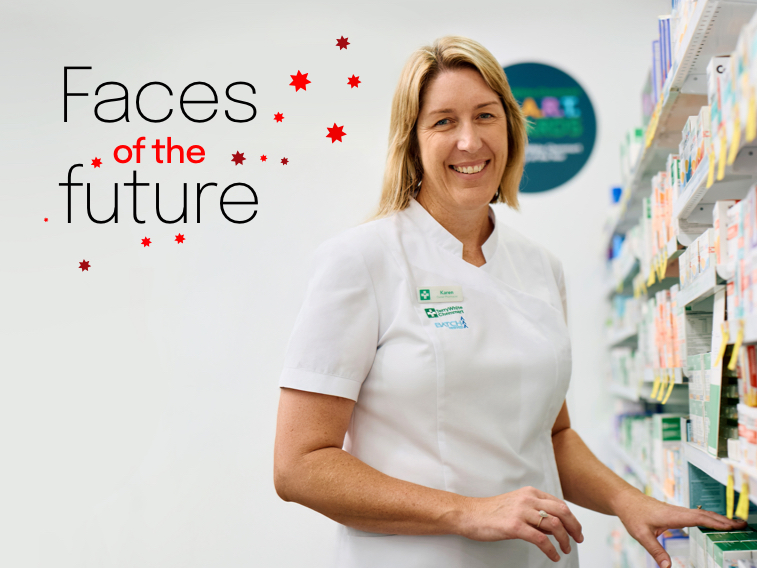Former professional netballer Karen Brown’s passion for scoring healthcare innovation goals has seen her continually break new ground.


Article
The Victorian Healthcare Association (VHA) explains how it’s using Twitter to interact with members and influencers in its sphere.

It’s not on a mission to score 100,000 Facebook Likes or engage in rapid-fire banter with other members of the Twitterati, but social media is proving an effective means for the Victorian Healthcare Association (VHA) to interact with members and influencers in its sphere.
A not-for-profit body representing public hospitals, community health services and aged-care providers, the association is funded by annual memberships and receives grants from state and federal governments to undertake project work.
The remit is to advocate for change to improve the healthcare system for Victoria, according to VHA Senior Media Adviser Rachel White.
“We work with the government to try to make sure that any policy changes made are for the better for our members, and ultimately the public who use their services,” White says.
“For example, we lobby about things like the need for a fairer funding regime for aged-care or the reforms that are needed to ensure the NDIS will work as it’s intended to.”
VHA is a long-time client of the NAB Corporate Health unit, which provides specialist advice and banking services to a spectrum of customers in the medical and healthcare sector across Australia.
While VHA has had a Facebook page since 2012, Twitter is favoured for engaging quickly with its small and well-informed audience.
The VHA account is used to provide commentary at industry events, such as its annual conference and regular series of member forums, and to share news and views about all matters public health policy related.
In common with other peak bodies and not-for-profits that rely on subscriber funding to stay afloat, responding to trends in information gathering and sharing has been an imperative for the VHA.
“Twitter is where the journalists are, it’s where the politicians are, it’s where our members are – even though it’s just a fleeting moment thing,” White says.
“Whenever we try to campaign on an issue, or if we want to respond positively to a change the government has made, we’ll usually do it through Twitter.
“Our account is linked to our Facebook page – even though Facebook is more for individuals and people in their homes – so we can keep it active and have a presence there too.”
The association’s Twitter account has about 600 followers, most of them government policy makers or VHA members. CEO Tom Symondson also tweets about health-related topics from his personal account; as do some other VHA staff.
“It might seem like a small number of followers, but they’re all very influential people,” White says.
“For us, social media is about drawing together a community of opinion leaders in our sector and engaging in meaningful dialogue, not in building up follower numbers or Likes for the sake of it.”
Running the Twitter account is a team affair; with the association’s seven specialist policy advisers all tweeting on issues and ideas as they emerge or are formed.
It’s a modus operandi relying heavily on the professional judgment of the individuals in question.
“We have a lot of trust in the people who work here,” White says.
“They’re very across their portfolios and very savvy and where there is any uncertainty, they will run the tweets or posts past me before going live.”
VHA takes a ‘quality not quantity’ approach to its social activity. In busy periods, such as the federal budget and mid-year review times, the accounts can run hot while quiet months may see them sit idle.
“We don’t always generate a lot of posts – we tend to speak out on the issues that matter, rather than try to be talking all the time,” White says.
“Our social media and our Tweets are very much about policy changes, so it’s not about telling people to brush their teeth or anything, it’s more at the higher sector-wide level, trying to improve the system.
“We encourage our members to use it to reach out to their communities and deliver health-promoting messages because, ultimately, the healthier people are, the less likely they are to use our health system. That’s a message we do try to put out there – the importance of prevention.”
More from NAB:
© National Australia Bank Limited. ABN 12 004 044 937 AFSL and Australian Credit Licence 230686.